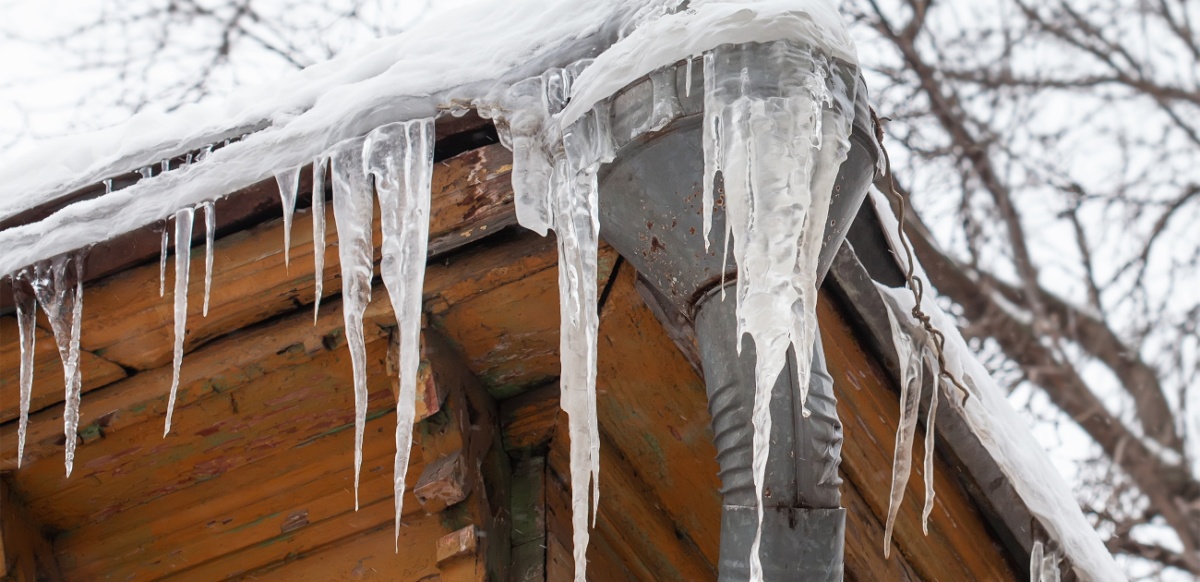Protecting Pipes from Cold Weather Issues: Critical Tips
Protecting Pipes from Cold Weather Issues: Critical Tips
Blog Article
What're your thoughts about Prevent Frozen Pipes ?

Winter can damage your plumbing, especially by freezing pipelines. Below's how to stop it from happening and what to do if it does.
Introduction
As temperatures decrease, the danger of frozen pipelines rises, possibly resulting in expensive repairs and water damages. Comprehending exactly how to stop frozen pipes is vital for property owners in cool climates.
Avoidance Tips
Protecting susceptible pipelines
Wrap pipes in insulation sleeves or make use of warm tape to secure them from freezing temperature levels. Focus on pipes in unheated or exterior locations of the home.
Heating techniques
Maintain indoor areas appropriately warmed, specifically areas with plumbing. Open up closet doors to enable warm air to distribute around pipelines under sinks.
Exactly how to determine icy pipelines
Try to find decreased water circulation from faucets, uncommon smells or sounds from pipelines, and visible frost on exposed pipelines.
Long-Term Solutions
Structural changes
Take into consideration rerouting pipelines far from exterior wall surfaces or unheated areas. Include extra insulation to attic rooms, basements, and crawl spaces.
Updating insulation
Purchase high-quality insulation for pipelines, attics, and wall surfaces. Proper insulation assists preserve constant temperature levels and minimizes the risk of frozen pipes.
Protecting Outside Pipes
Yard tubes and outside faucets
Detach and drain pipes garden hoses prior to wintertime. Install frost-proof faucets or cover exterior taps with protected caps.
Understanding Icy Pipes
What creates pipes to freeze?
Pipelines freeze when subjected to temperature levels below 32 ° F (0 ° C) for extended periods. As water inside the pipes freezes, it increases, taxing the pipe wall surfaces and possibly causing them to rupture.
Threats and damages
Frozen pipelines can bring about water system disturbances, home damage, and expensive repairs. Ruptured pipes can flood homes and create considerable architectural damage.
Signs of Frozen Piping
Recognizing frozen pipes early can prevent them from bursting.
What to Do If Your Pipes Freeze
Immediate activities to take
If you suspect frozen pipelines, maintain faucets open up to ease stress as the ice thaws. Use a hairdryer or towels taken in warm water to thaw pipes gradually.
Verdict
Protecting against icy pipes calls for positive actions and quick actions. By understanding the reasons, signs, and safety nets, property owners can secure their plumbing throughout cold weather.
5 Ways to Prevent Frozen Pipes
Drain Outdoor Faucets and Disconnect Hoses
First, close the shut-off valve that controls the flow of water in the pipe to your outdoor faucet. Then, head outside to disconnect and drain your hose and open the outdoor faucet to allow the water to completely drain out of the line. Turn off the faucet when done. Finally, head back to the shut-off valve and drain the remaining water inside the pipe into a bucket or container. Additionally, if you have a home irrigation system, you should consider hiring an expert to clear the system of water each year.
Insulate Pipes
One of the best and most cost-effective methods for preventing frozen water pipes is to wrap your pipes with insulation. This is especially important for areas in your home that aren’t exposed to heat, such as an attic. We suggest using foam sleeves, which can typically be found at your local hardware store.
Keep Heat Running at 65
Your pipes are located inside your walls, and the temperature there is much colder than the rest of the house. To prevent your pipes from freezing, The Insurance Information Institute suggests that you keep your home heated to at least 65 degrees, even when traveling. You may want to invest in smart devices that can keep an eye on the temperature in your home while you’re away.
Leave Water Dripping
Moving water — even a small trickle — can prevent ice from forming inside your pipes. When freezing temps are imminent, start a drip of water from all faucets that serve exposed pipes. Leaving a few faucets running will also help relieve pressure inside the pipes and help prevent a rupture if the water inside freezes.
Open Cupboard Doors
Warm your kitchen and bathroom pipes by opening cupboards and vanities. You should also leave your interior doors ajar to help warm air circulate evenly throughout your home.

I was brought to that report about How To Avoid Freezing Pipes through someone on another web address. Sharing is good. You won't know, you may be helping someone out. I value your readership.
Get Quote Report this page